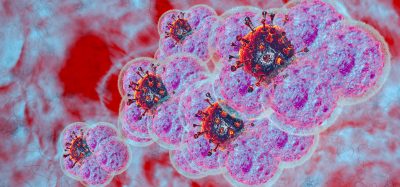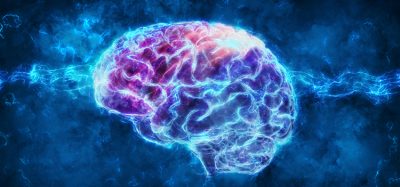Expert view: It’s an exciting time for the use of stem cells in research and the treatment of human disease
Posted: 8 June 2018 | Dan Appledorn (Director of US Biology - Essen Bioscience) | No comments yet
The Nobel Prize-winning observations and discoveries of John B. Gurdon and Shinya Yamanaka have ignited an explosion of excitement around the potential use of stem cells in research and treatment of human disease.
However, it is important to remember that it was only 10 years ago that Dr Yamanaka showed that fully differentiated, intact cells could be reprogrammed to become immature stem cells – and with significant promise, comes challenges. These challenges can include: 1. Differentiating cells such that they exhibit proper functional characteristics, 2. Manufacturing cells in a way that they can be used for therapeutic purposes, 3. Developing the right tools required to fully unravel their potential in research and clinical protocols, 4. Manipulating cells (genetically or environmentally) and 5. Regulating the different ways these cells should and / or could be used.
While these challenges can be difficult to overcome, they are not insurmountable. I believe the promise these cells hold is real, and truly believe they will play a significant role in both research and clinical applications for the foreseeable future.
The biggest advancements over the past 10 years have been around developing protocols for differentiating induced pluripotent stem cells (iPSCs) into neuronal and cardiac cell types. While scientists have made significant progress in elucidating these pathways, the field is still in its infancy. It is becoming increasingly obvious that culturing these cells in more physiologically relevant conditions is required to generate more relevant translational models for disease. These conditions include growing cells in extracellular matrices (3D cultures) with exposure to the appropriate external factors, and with proper control of oxygen tension. Scientists working on developing technologies that enable these conditions have a signifi cant opportunity to unlock the full potential of stem cells.
Without a doubt, CRISPR / Cas9 gene editing technologies have changed the way we manipulate and study cells in general, but particularly human induced pluripotent stem cells (hiPSCs). We are also seeing a resurgence in the importance of multiple types of imaging technologies and phenotypic analyses designed to make measurements in more sophisticated, 3-dimensional biological models of disease. Lastly, the innovative use of iPSCs and the model systems themselves are truly amazing. For example, organ-on-a-chip, 3D bioprinting, organoids (cerebellar, hindbrain, liver, cardiac, to name a few), and cellular scaffolding are all exciting active research areas, and are truly inspiring. I can’t wait to see what’s next.
Related topics
3D printing, Analysis, Cell Cultures, CRISPR, Induced Pluripotent Stem Cells (iPSCs), Stem Cells
Related organisations
Essen BioScience







